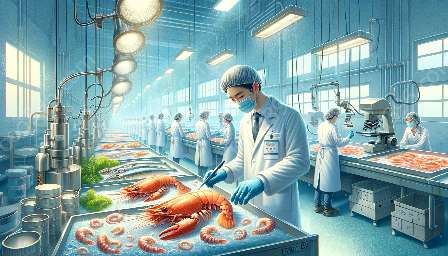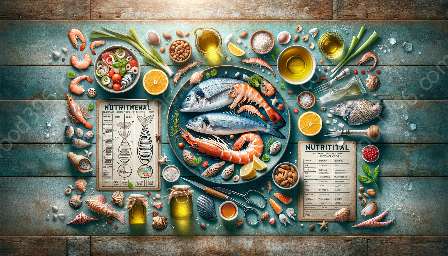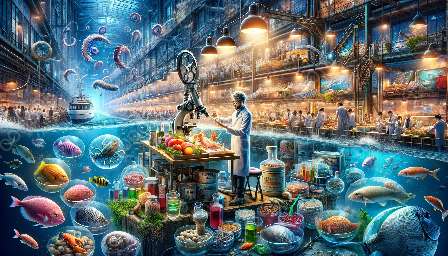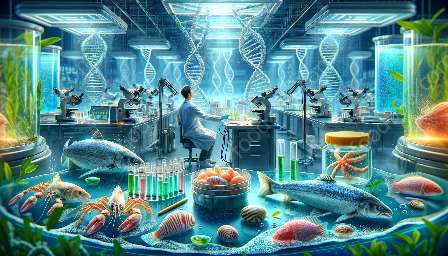Seafood processing and preservation techniques are vital to ensure the quality, safety, and longevity of seafood products. This topic covers a wide range of methods, from traditional preservation to modern technological advancements. In this cluster, we'll explore the science behind seafood processing, the various techniques used, and their impact on the food & drink industry.
The Science of Seafood Processing
Seafood processing involves a series of steps to transform fresh seafood into consumer-ready products. At the core of this process is the understanding of seafood science, which encompasses fish biology, biochemistry, microbiology, and food safety. By comprehending the science behind seafood, processors can develop effective techniques to preserve and enhance the quality of seafood products.
Chemical and Biological Processes
Seafood is highly perishable due to its composition of proteins, lipids, and moisture, which make it susceptible to spoilage. Understanding the chemical and biological processes that occur in seafood is crucial for devising preservation techniques. For example, the enzymatic degradation of fish proteins and lipids leads to spoilage, and managing these processes is essential for maintaining seafood quality.
Modern Technological Advancements
Recent advancements in seafood processing have revolutionized the industry. From high-pressure processing to vacuum packaging and freezing technologies, modern techniques have extended the shelf life of seafood while preserving its sensory qualities. These technologies have contributed to the availability of high-quality seafood products in the market, meeting consumer demand for fresh and safe options.
Traditional Preservation Techniques
Before the advent of modern technologies, seafood preservation relied on traditional methods such as salting, smoking, and drying. These techniques have been honed over centuries and continue to be utilized for their ability to enhance flavors and prolong shelf life without compromising the nutritional value of seafood. Exploring these traditional preservation methods provides insights into the historical and cultural significance of seafood in various cuisines.
Salt Curing and Brining
Salt has been used for centuries to preserve seafood by drawing out moisture and inhibiting bacterial growth. From salt cod to pickled herring, salt curing and brining have been integral to the preservation of various fish and shellfish in different cultures around the world. The resulting products often offer distinctive flavors and textures sought after in regional cuisines.
Smoking Techniques
Smoking seafood not only imparts a unique flavor and aroma but also acts as a preservation method by dehydrating and adding a protective layer to the fish. Different woods and smoking techniques contribute to a wide variety of smoked seafood products, each with its own regional and cultural significance. The art of smoking seafood is a time-honored tradition that continues to thrive in modern culinary practices.
Impact on the Food & Drink Industry
The application of seafood processing and preservation techniques has a direct impact on the food & drink industry, influencing supply chains, product innovation, and consumer preferences. With growing awareness of sustainability and ethical sourcing, seafood processing techniques play a crucial role in ensuring responsible practices throughout the industry.
Sustainable Processing Methods
As the demand for seafood continues to rise, sustainable processing methods become increasingly important. Techniques that minimize waste, reduce energy consumption, and promote responsible sourcing have become key considerations for seafood processors. By implementing sustainable practices, the industry can contribute to the conservation of marine ecosystems and support the long-term availability of seafood resources.
Product Innovation and Consumer Trends
Advancements in seafood processing have enabled product innovation, leading to a diverse range of seafood products in the market. From value-added seafood snacks to convenience-oriented meal solutions, processing techniques have expanded the variety of options available to consumers. Additionally, understanding consumer preferences and evolving trends is crucial for driving innovation in seafood processing and meeting the demands of the food & drink market.




















